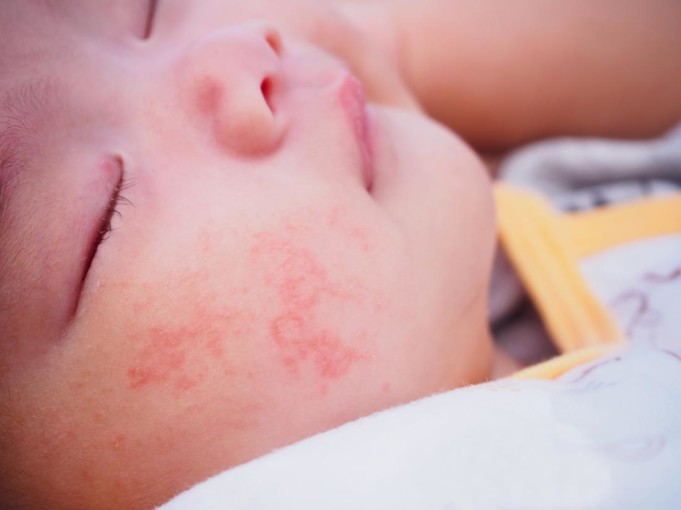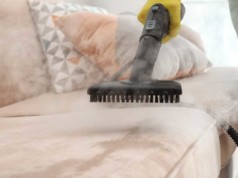Living with allergies is difficult – especially if you suffer from a variety of seasonal indoor/outdoor allergies. However, for homeowners, there’s good news.
Whether you realize it or not, you have some control over the conditions inside of your house. And if you’re smart about it, you can actually eliminate certain triggers and mitigate your symptoms.
6 Tips for Keeping a Clean, Allergen-Free Home
“Types of indoor and outdoor allergies include sinus swelling, seasonal and returning allergies, hay fever and nasal allergies,” Asthma and Allergy Foundation of America explains. Many people with allergies often have more than one type of allergy. The most common indoor/outdoor allergy triggers are: tree, grass and weed pollen, mold spores, dust mites, cockroaches, and cat, dog and rodent dander.”
If you don’t already know what triggers your allergies, it would be smart to see a specialist and figure out what’s causing your symptoms. This will allow you to better focus your efforts and generate positive results. But regardless, the following tips should help you keep a clean and allergen-free home:
- Create a Shoe Policy
In terms of pollen, germs, and bacteria, a hefty percentage of your home’s allergens are tracked in from the outdoors. This exchange happens predominantly via clothing and shoes. A shoe policy can make this less of an issue.
At the very least, you need door mats at every entry to the home (on the outside and inside). But an even better strategy is to create a no-shoes policy where people are required to take off shoes before coming inside.
- Clean Regularly
Cleaning your house isn’t something you do once in the spring and then again right before you have family over for the holidays. It should be a regular occurrence. The kitchen, bedrooms, bathrooms, and living areas that are used on a regular basis should be cleaned every week or two.
- Install a Whole Home Air Purifier
The air quality in the average American home is substandard, to say the least. Even if it smells fine, there are harmful particles and unhealthy bacteria lurking in your midst.
“While it may cost you a few hundred dollars, a whole home purifier can use advanced technology to eliminate odors, pollen, smoke, dust, mold, pet dander, bacteria, and viruses from your home’s air,” Houston-based property management company Green Residential notes. “It destroys air pollution and actually pulls out harmful elements that are embedded in things like carpet, furniture, clothing, walls, and other surfaces.”
Do your research and find out what type of purifier you need for your square footage and floor plan. It’s also important to read reviews and find one that actually does what it says. Many of the cheaper purifiers are highly ineffective.
- Keep Pets Out
We all love our furry little friends, but dogs and cats aren’t the cleanest. They shed, release dander, urinate, defecate, and track in dirt, grime, and allergens from the outdoors. If you’re going to have a pet, keep it outside. If it must stay inside, confine it to a limited space.
- Reassess Your Bedding
Believe it or not, your bedding may be a major source of allergens. If nothing else, they’re probably not the cleanest part of your home. They trap dust mites, allergens, and other unwanted substances – often for years at a time.
“Cover pillows and mattresses with impenetrable fabrics, or tightly woven fabrics,” DIY Network recommends. “Bedding should be easy to clean for hygienic purposes and in order to reduce indoor allergies. If you’re in the market to upgrade your bedding, opt for latex pillows and mattresses, which are inhospitable to dust mites, and duvet covers made of silk or wool.”
- Use Safe, Gentle Cleaning Products
When cleaning, be sure to use the right products. Avoid buying standard cleaning products from your nearby store, as they likely contain harsh chemicals and toxins. Instead, make your own products using natural ingredients.
Be a Proactive Homeowner
You don’t have much control over outdoor allergens, but you do have some influence over the presence of indoor allergens. To keep your family healthier and less susceptible to allergy symptoms, consider changing the way you clean your home.










